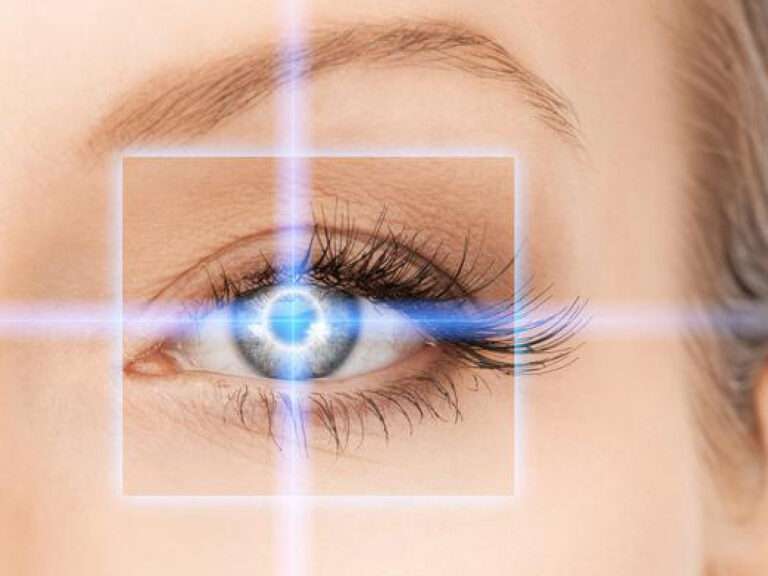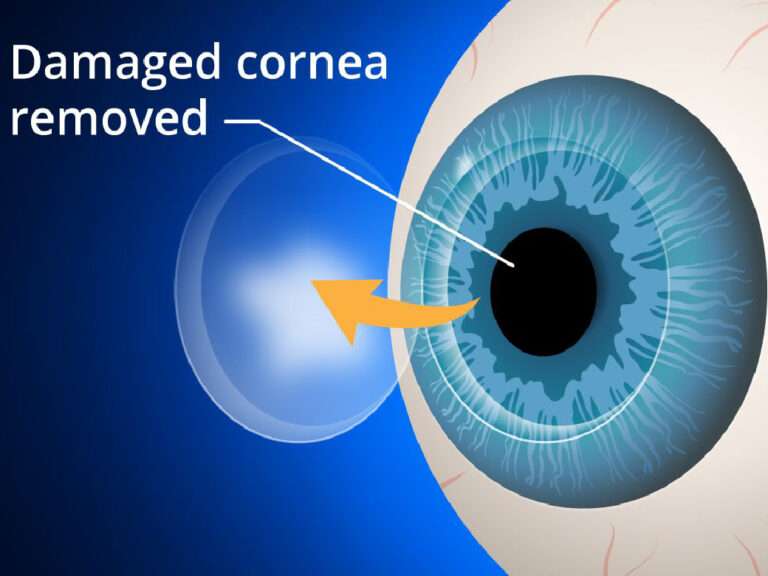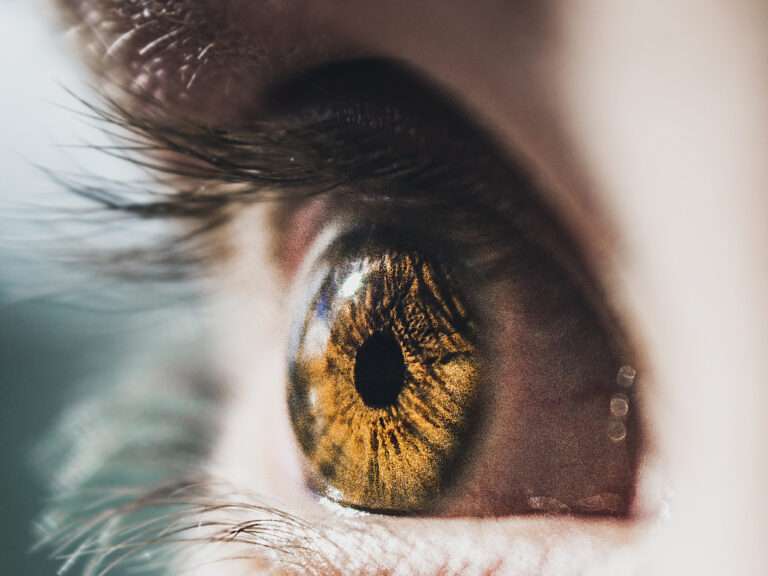
LASIK
Q. How Does LASIK work?
A. LASIK – Laser in situ Keratomileuses, with the help of a laser reshapes the cornea (black part of the eye) to remove the refractive power (spectacles power)
Q. Am I a candidate for LASIK?
A. A candidate should fulfill the following criteria to undergo pre-operative evaluation for LASIK;
- A. Stable spectacle prescription for atleast one year
- B. A best-corrected vision of at least 20/40
- C. Healthy Cornea
- D. No active eye illness
- E. Age over 18 years
Q. Am I too old to have LASIK?
A. There is no upper limit to age for LASIK. But as age progresses, beyond 40 years individuals generally develop presbyopia which is having vision difficulties in reading or at a near distance. In this age group, LASIK correction can be done for the distance where the individuals will require near glasses post-procedure.
In case the individual wants to get rid of spectacles completely, he can undergo refractive surgery called monovision correction, where the dominant eye is corrected for the distance and the non-dominant eye is corrected for the near vision.
Q.How safe is LASIK surgery?
A. LASIK is FDA approved as a safe and effective procedure. The eligibility is decided by the ophthalmologist based on the individual’s pre-operative evaluation.
Q.Does LASIK hurt?
A. No LASIK doesn’t hurt. It is conducted under topical anesthesia. During the procedure, you may feel slight pressure over your eyes. After the procedure, there can be a gritty sensation in a few patients which goes away with lubricants.
Q. How long does it take to do LASIK?
A. The complete procedure will take less than 15 minutes for both eyes. Depending on the you spectacle prescription the laser duration may last from 20 – 50 seconds only.
Q. How accurate is LASIK?
A. LASIK is extremely precise and accurate in correcting the power. As per the published literature and based on our experience it is ~ 96% accurate for a best-corrected vision upto 20/40.
Q. Can my blinking or eye movement affect the procedure?
A. To negate your head movements, your head is securely placed on the headrest of the table. To control the blinking, the eyelids are held back with the help of an eyelid holder. Before the start of the procedure, you will be asked to focus on a target light, based on which the laser’s computer system will track all the small eye movements, and focus the laser accordingly.
Q. How soon will be the vision recovery or how will I able to see?
A. Visual recovery theoretically varies from one day to one week. But as per our experience, it takes approximately one to two days. You can resume your work or normal activities, thereafter.
Q. What are the possible complications?
A. As said LASIK is a completely safe procedure and FDA-approved. In rare cases, it may have possible complications, over and under correction, corneal flap healing problems, dryness, discomfort or pain, hazy vision, infection, photosensitivity, or loss of best corrected visual acuity.
Q. How often will I see the doctor following my surgery?
A.Your post-operative schedule will be following
- One Day
- One Week
- One Month
- Three Months
- SOS
Q. Can I continue to wear my contact lens before LASIK?
A. As contact lenses can alter the shape of the cornea, they are needed to be removed prior to your pre-operative exam. If you are a soft lens wearer, then avoid wearing them for a minimum of one week prior to pre-operative evaluation. And, if you are a rigid/gas permeable lens wearer then avoid them for a minimum of 6-8 weeks prior to the exam.
Q. What is ICL?
A. ICL – Implantable Collamer Lens is an artificial lens that is inserted into the eyes. In cases of High myopia or thin corneas, you can be suggested for ICL. It is a piggyback lens placed over a naturally occurring lens inside the eye.
Q. What is SMILE?
A. Smile – Small incision lenticule extraction is a procedure similar to LASIK where instead of a flap, a small cut is made to shape the cornea with the help of a laser.







